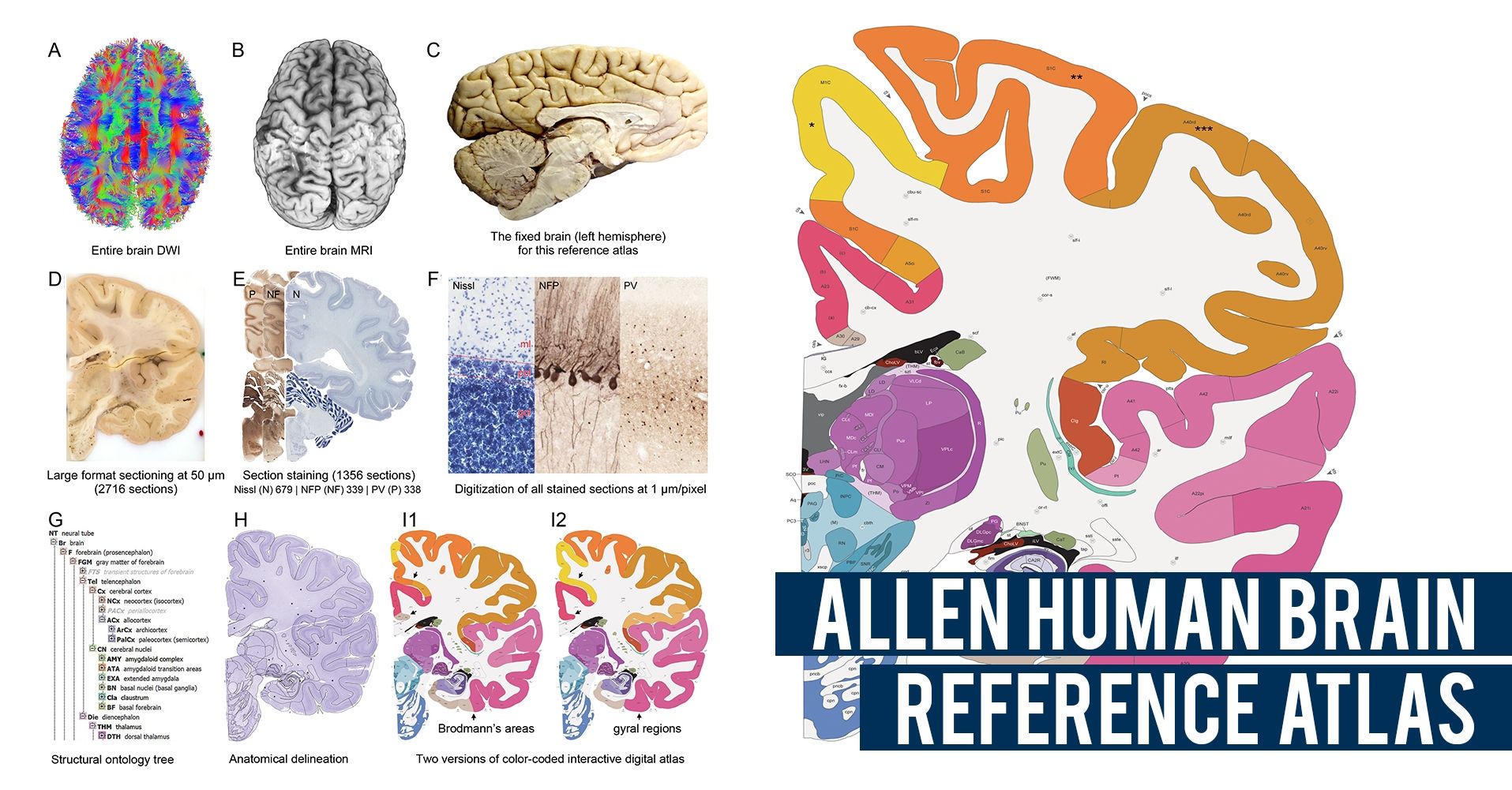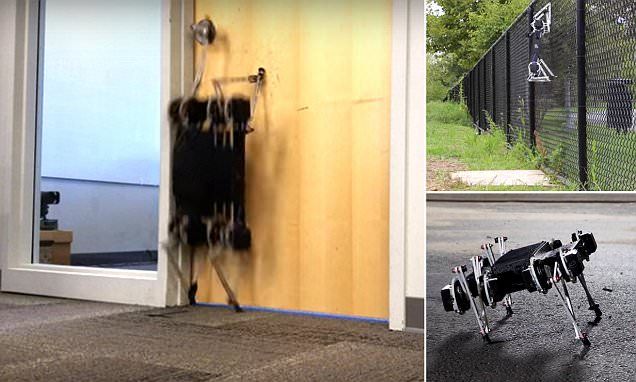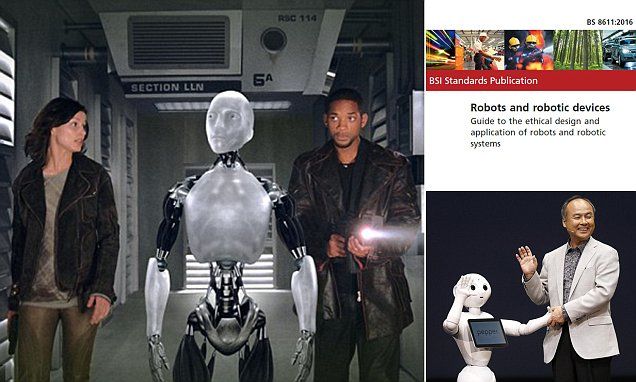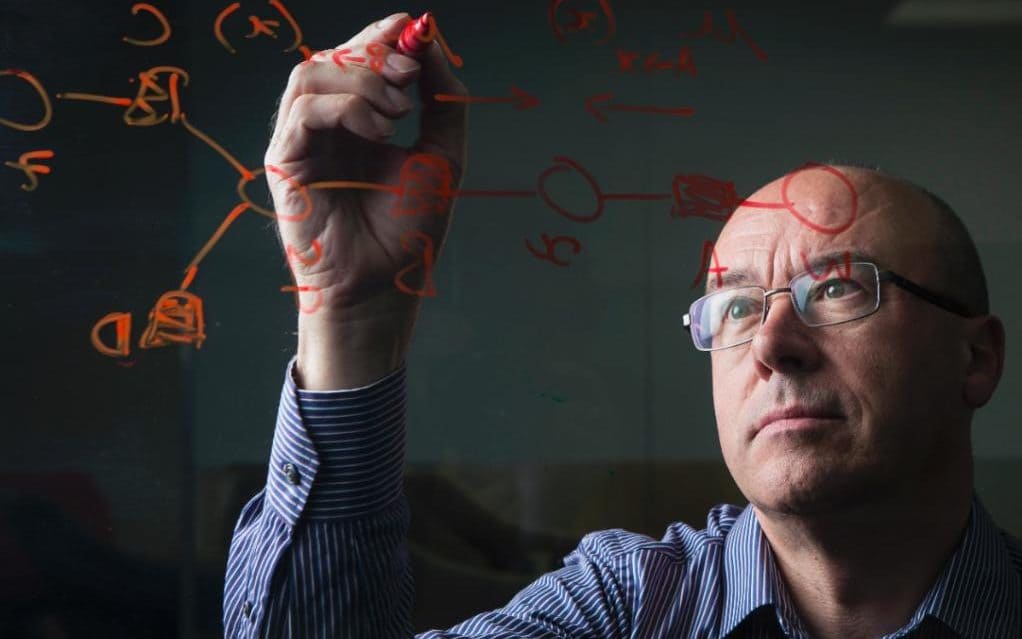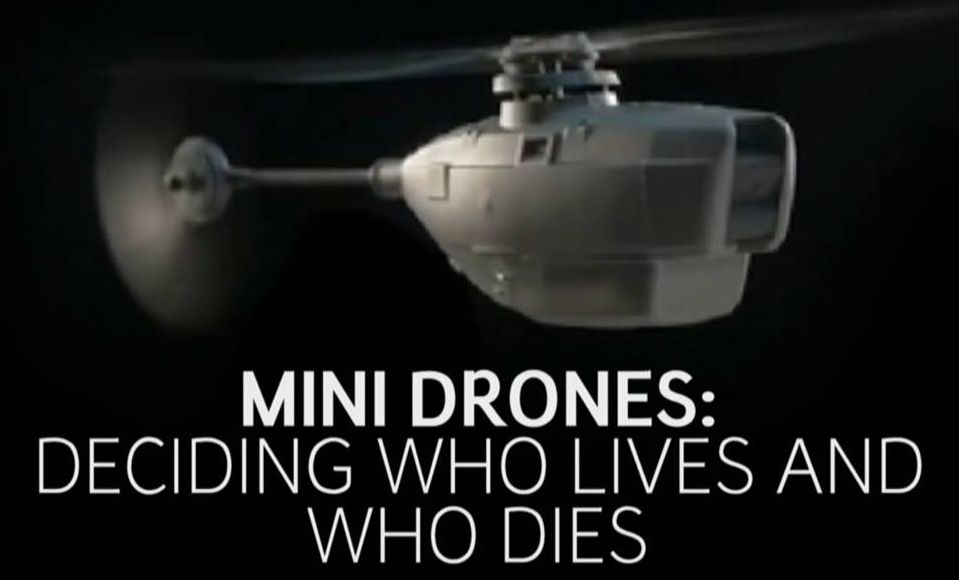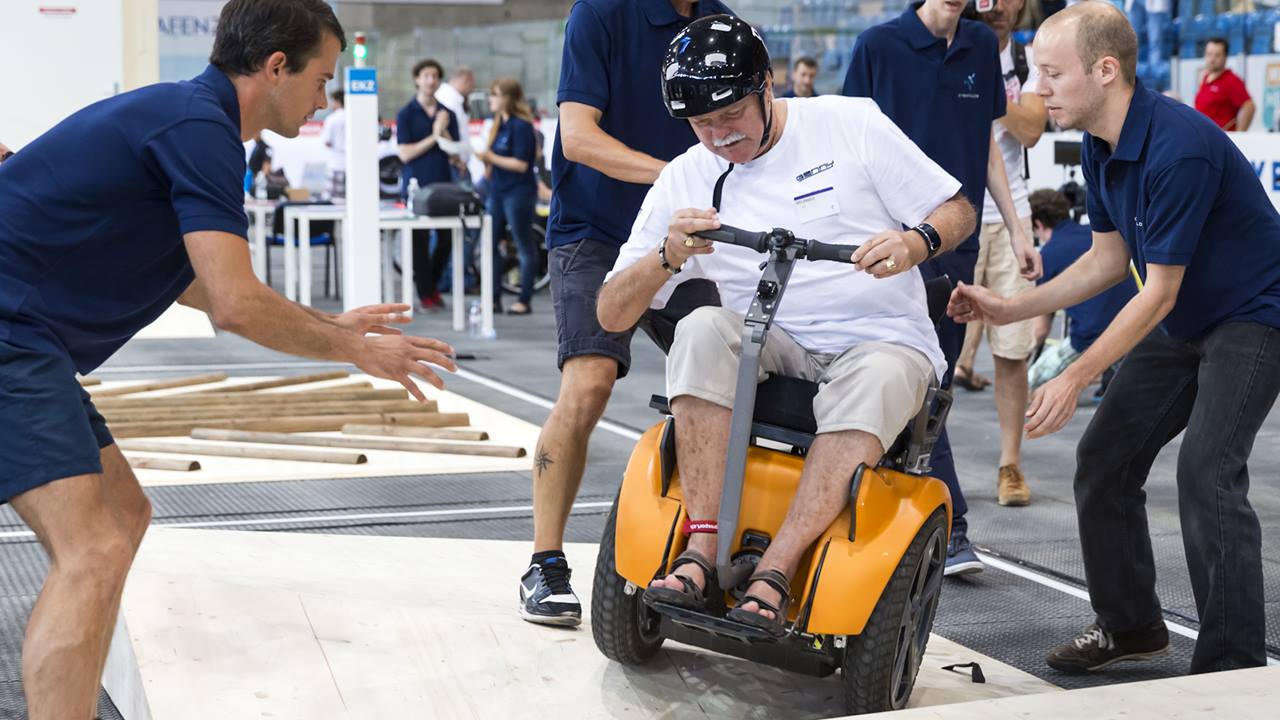The Allen Institute for Brain Science has published the highest resolution atlas of the human brain to date in a stand-alone issue of the Journal of Comparative Neurology. This digital human brain atlas allows researchers to investigate the structural basis of human brain function.
“To understand the human brain, we need to have a detailed description of its underlying structure,” says Ed Lein, Ph.D., Investigator at the Allen Institute for Brain Science. “Human brain atlases have long lagged behind atlases of the brain of worms, flies or mice, both in terms of spatial resolution and in terms of completeness due to technical limitations related to the enormous size and complexity of the human brain. This large-scale focused effort aimed to create a large resource combining different data types at high resolution, and use these data to generate a comprehensive mapping of brain regions.”
Combining neuroimaging with cellular resolution histological analysis and expert structural mapping, “This is the most structurally complete atlas to date and we hope it will serve as a new reference standard for the human brain across different disciplines,” says Lein.
